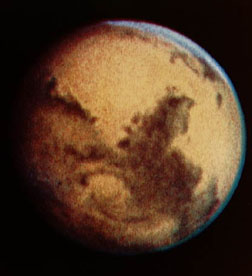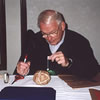Image of Mars taken by the Hubble Space Telescope
Click on image for full size
Courtesy of NASA
Bacteria Survives in Mars Environment
News story originally written on June 9, 1999
Scientists found an Earth bacteria that can live in an environment similar to Mars. The microbe is usually found deep within the earth or in a cow's stomach. They survive in places without oxygen.
The bacteria was grown in culture dishes. There was no oxygen present, but there were plenty of carbon dioxide and hydrogen gases. The soil was close to dirt on Mars, with no nutrients and only traces of water. The result was a thriving colony of methane-producing bacteria.
Because this special type of bacteria naturally produces methane, it may be used to start a new colony on Mars. It could also be used to produce an environment close to Earth's. Methane is a greenhouse gas, which means it can warm the surface.
The methane could even be used as a fuel for humans that may one day visit Mars. The methane can propel astronauts back to Earth.
You might also be interested in:

The first beings were probably much like coacervates. As a group, these bacteria are called heterotrophic anaerobes (ann-air-robes). Because there was virtually no oxygen in the atmosphere at this time,
...more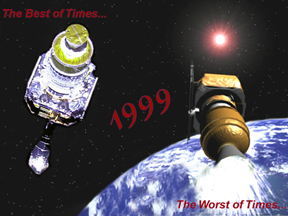
It was another exciting and frustrating year for the space science program. It seemed that every step forward led to one backwards. Either way, NASA led the way to a great century of discovery. Unfortunately,
...more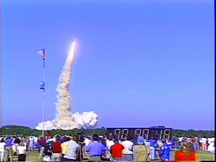
The Space Shuttle Discovery lifted off from Kennedy Space Center on October 29th at 2:19 p.m. EST. The weather was great as Discovery took 8 1/2 minutes to reach orbit. This was the United States' 123rd
...more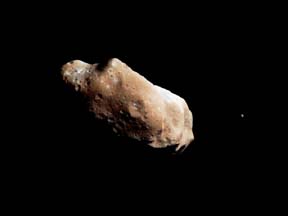
A moon was discovered orbiting the asteroid, Eugenia. This is only the second time in history that a satellite has been seen circling an asteroid. A special mirror allowed scientists to find the moon
...more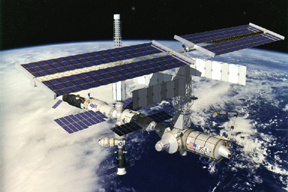
Will Russia ever put the service module for the International Space Station in space? NASA officials want an answer from the Russian government. The necessary service module is currently waiting to be
...more
A coronal mass ejection (CME) happened on the Sun early last month. The material that was thrown out from this explosion passed the ACE spacecraft. The SWICS instrument on ACE has produced a new and very
...more
J.S. Maini of the Canadian Forest Service called forests the "heart and lungs of the world." This is because forests filter air and water pollution, absorb carbon dioxide, release oxygen, and maintain
...more


